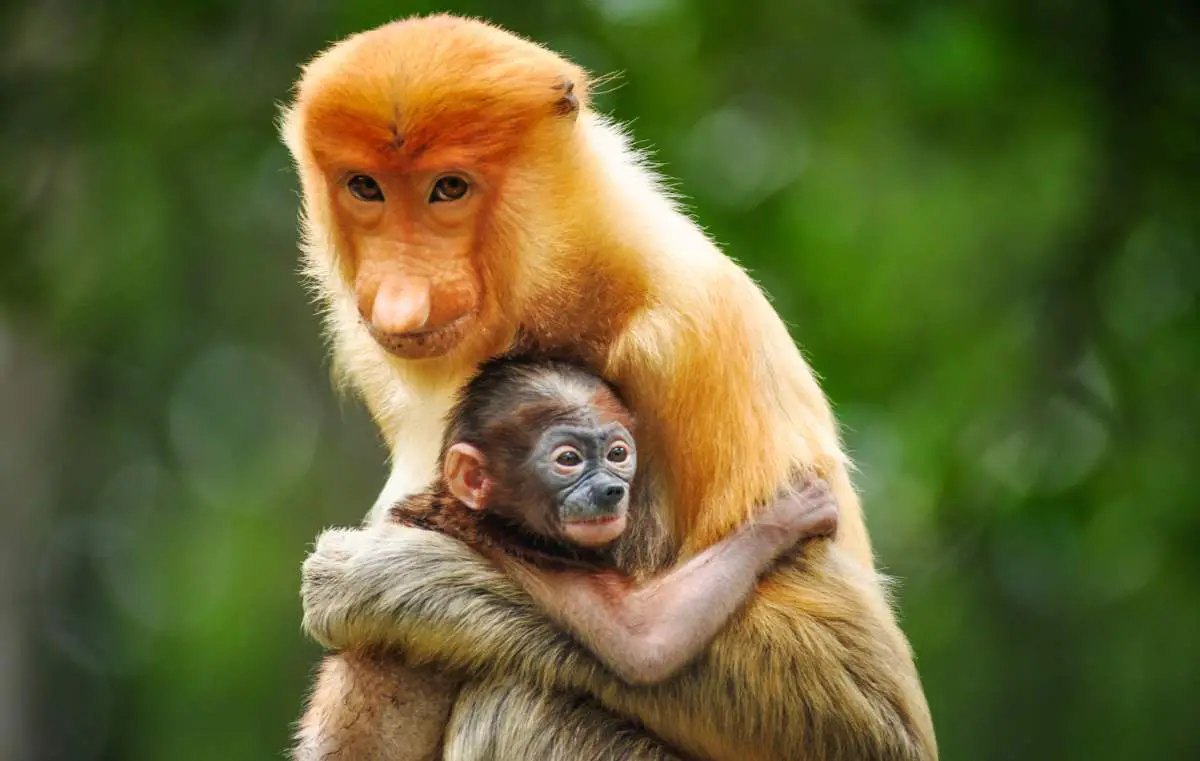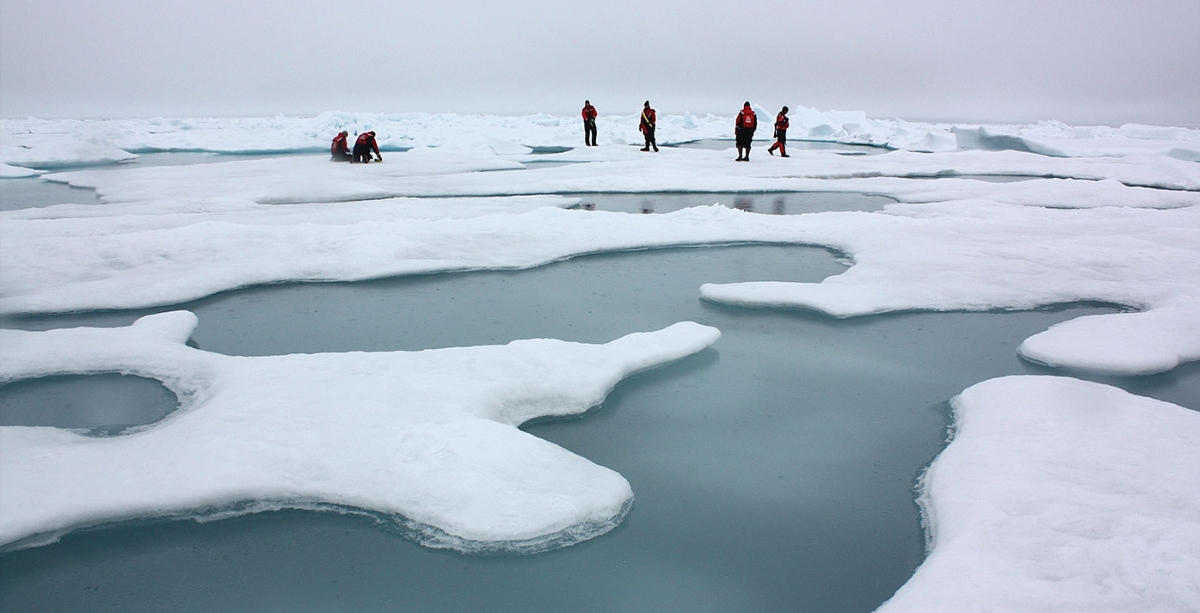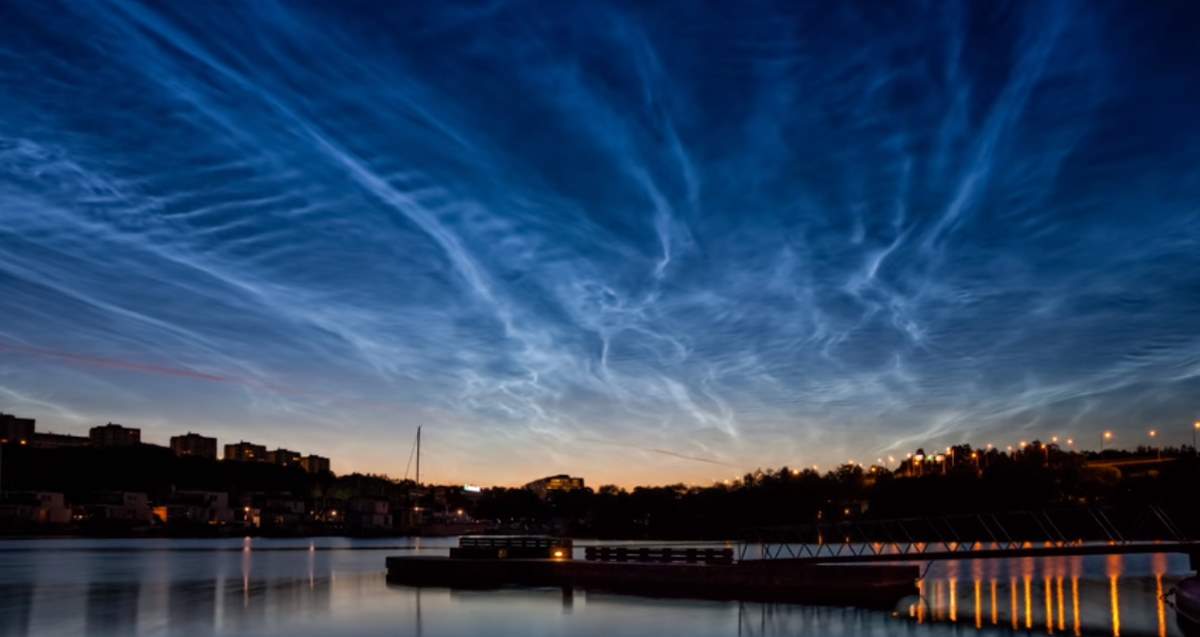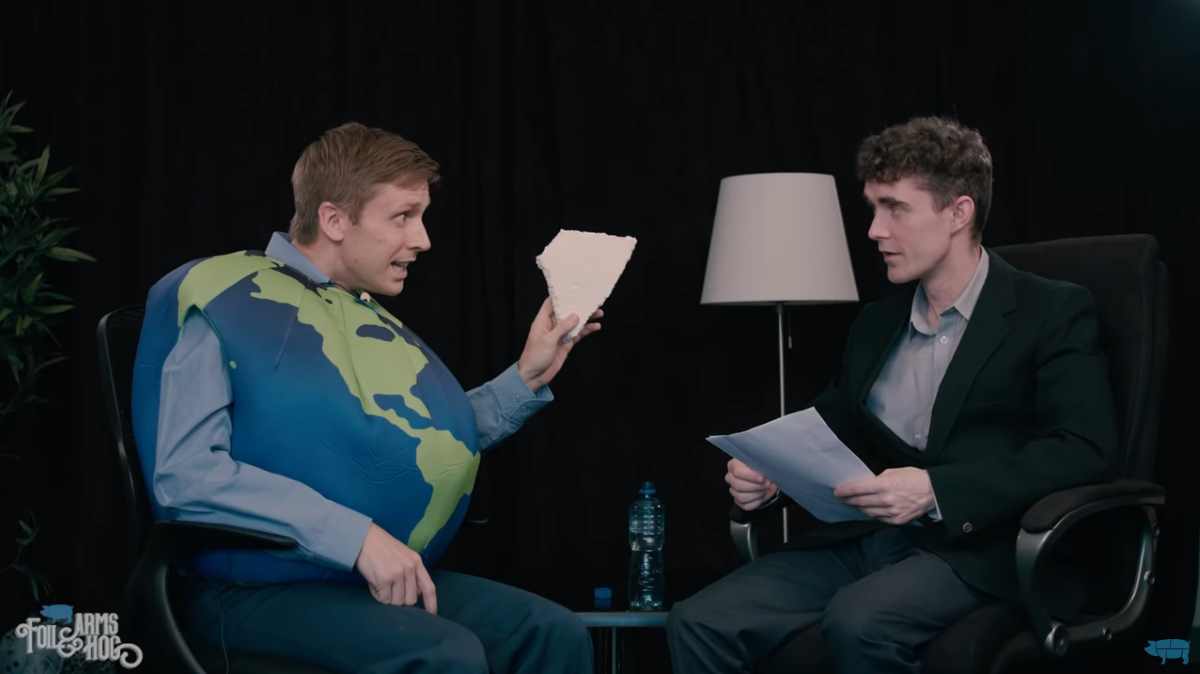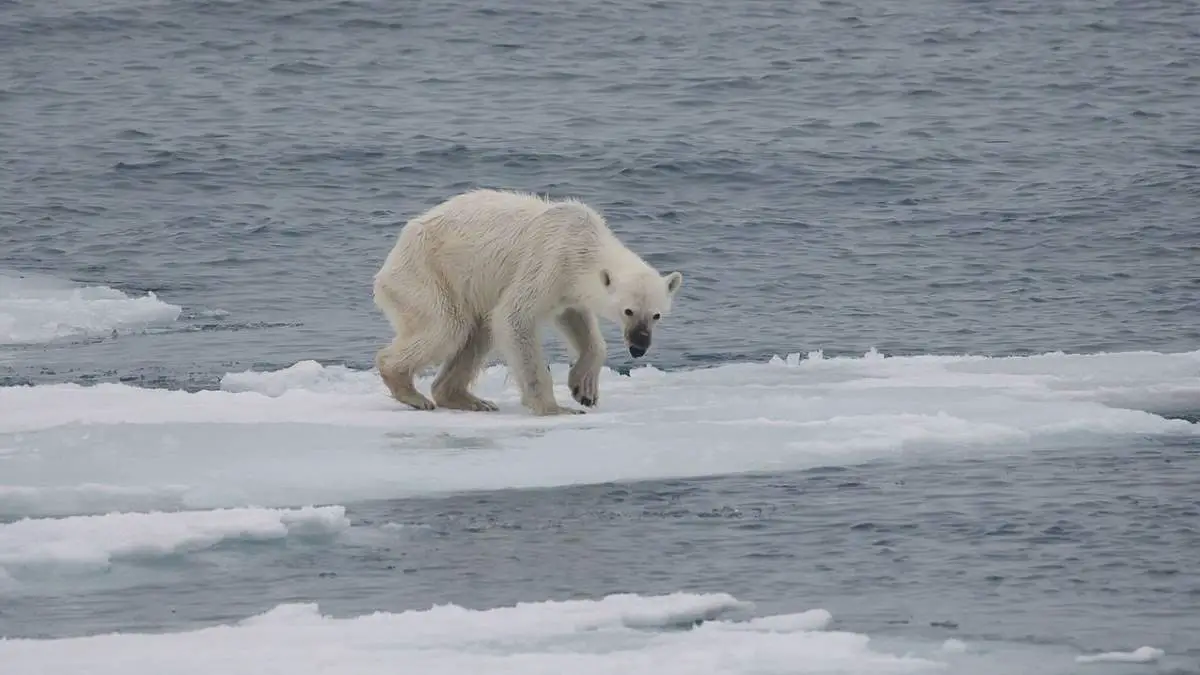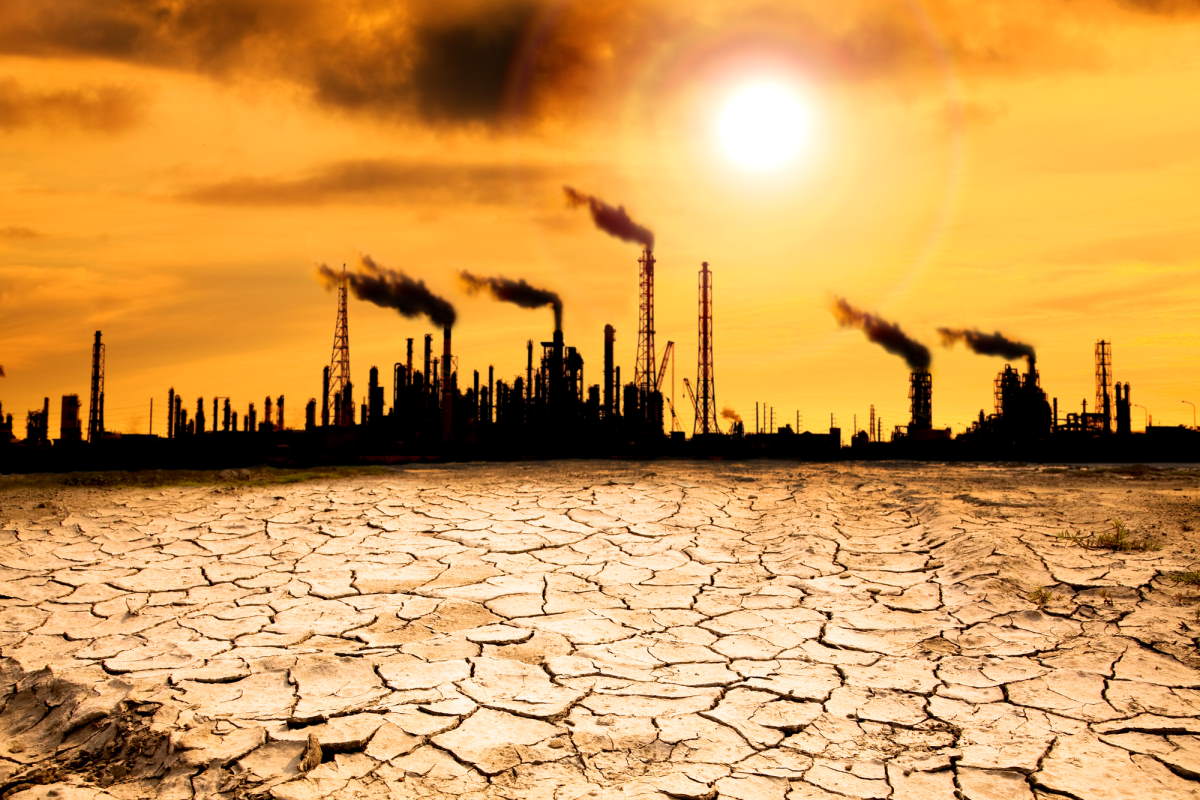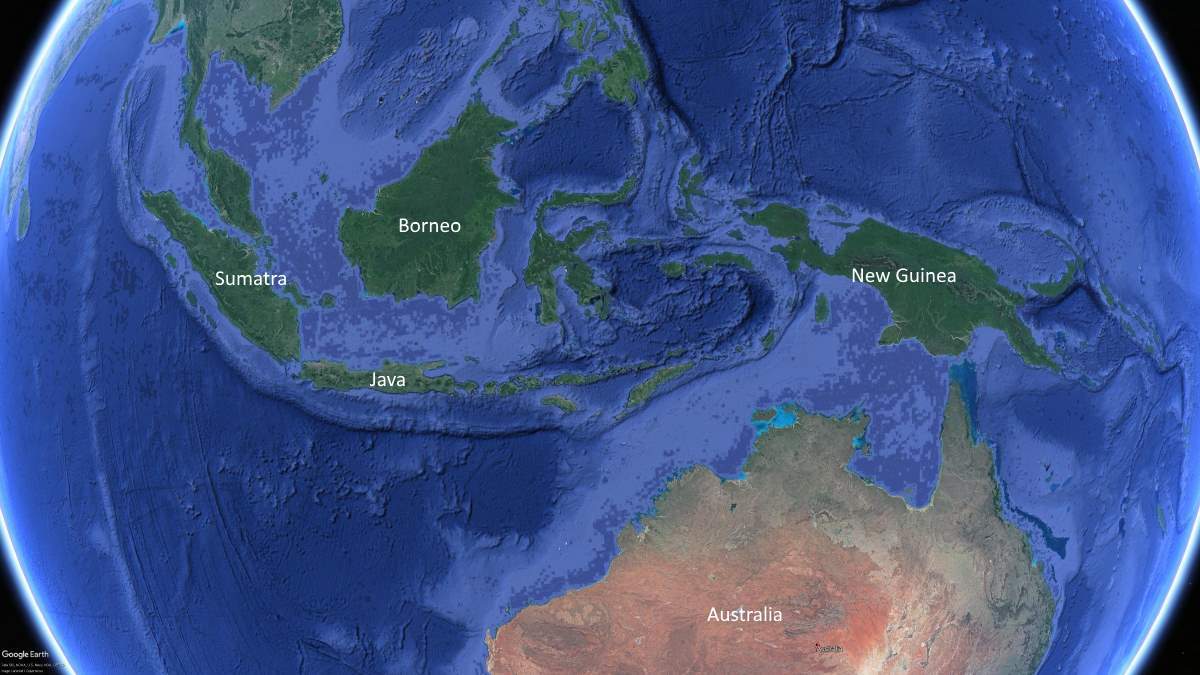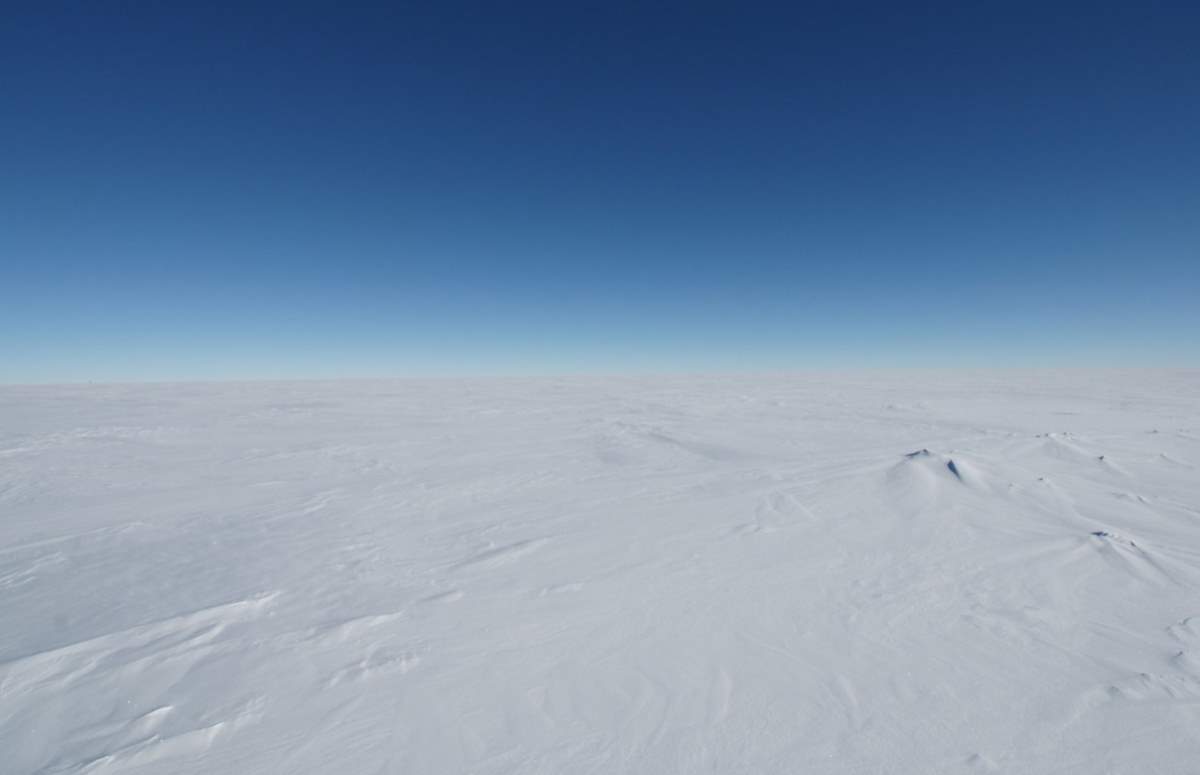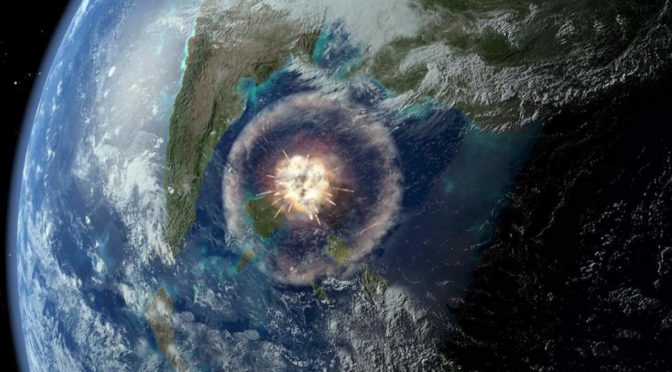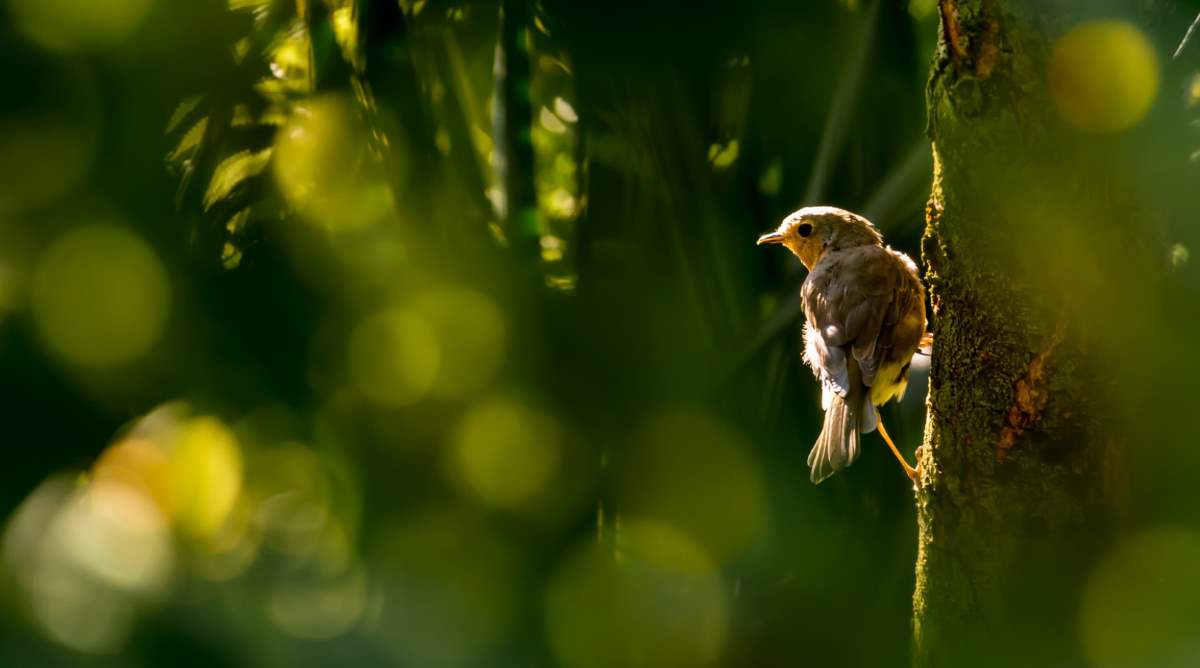Last winter, unforgettable video footage online showed a starving polar bear, struggling in its Arctic hunting grounds. Because of global warming, the ice was thin and the food supply was scarce. The video generated a wellspring of sympathy for the plight of this poor creature, and invigorated calls for stronger efforts to combat climate change – and rightly so.
Such advocacy on behalf of wildlife usually focuses on species and the effects of human-caused climate change on their survival and wellbeing as the ecosystems on which they depend undergo drastic changes. Thus, we should act to save the polar bear – that is, the polar bear species – by doing what we can to preserve its natural ecosystem. I am fully behind this kind of advocacy. Anybody who cares about the future of our planet and its occupants should be.
